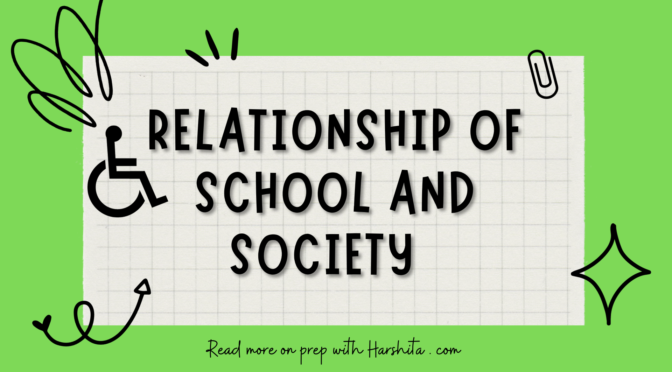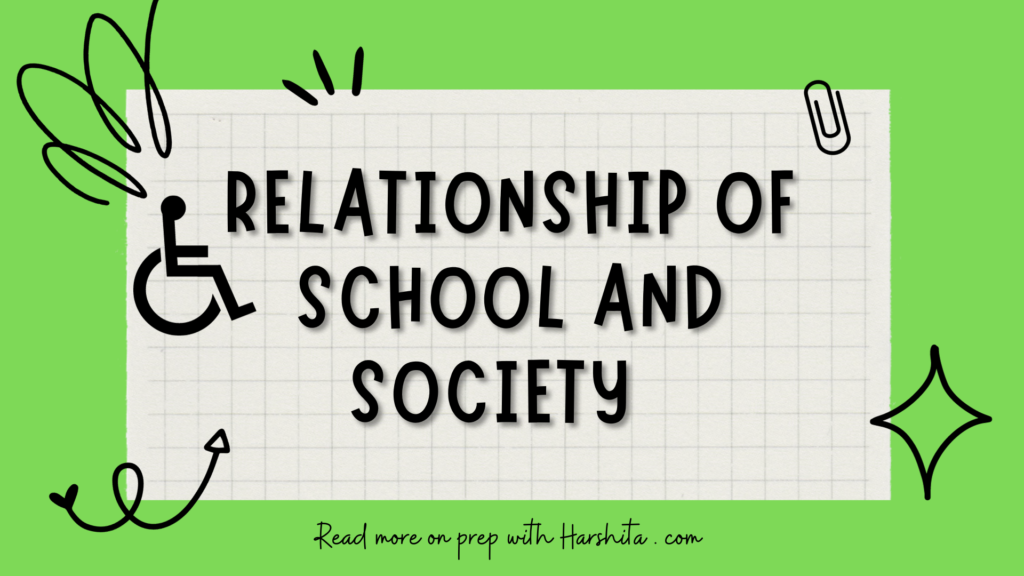School records and registers are essential components of educational administration and management. They serve various needs and play a crucial role in ensuring the smooth functioning of schools.
Here’s an overview of the need and importance of school records and registers:
1. Accountability and Transparency:
- Need: School records and registers provide a transparent and accountable record of the school’s activities, finances, and performance.
- Importance: They enable school administrators to track and report on how resources are allocated, educational goals are met, and funds are managed, promoting accountability to stakeholders, including students, parents, and government authorities.
2. Student Data Management:
- Need: Schools need to maintain accurate records of students’ personal and academic information.
- Importance: Student records and registers help schools track attendance, academic progress, health records, and disciplinary actions. This information is essential for making informed decisions about individual student needs and school-level strategies.
3. Administrative Efficiency:
- Need: Efficient administration requires organized and accessible information.
- Importance: Records and registers streamline administrative processes, making it easier for staff to manage admissions, staffing, scheduling, and other day-to-day tasks. This, in turn, reduces administrative errors and delays.
4. Financial Management:
- Need: Schools must manage budgets, expenditures, and revenue.
- Importance: Financial records and registers help schools monitor expenses, track income, allocate funds, and demonstrate financial responsibility, which is vital for securing funding and making informed budget decisions.
5. Legal Compliance:
- Need: Schools must adhere to various legal and regulatory requirements.
- Importance: Properly maintained records help schools demonstrate compliance with laws, regulations, and accreditation standards, reducing the risk of legal issues and ensuring the institution’s legitimacy.
6. Planning and Decision-Making:
- Need: Schools need data to make informed decisions about curriculum, staffing, resource allocation, and strategic planning.
- Importance: Records and registers provide the historical and current data necessary for informed decision-making. They help schools identify trends, assess the impact of initiatives, and plan for the future.
7. Educational Assessment:
- Need: Schools must assess student and teacher performance.
- Importance: Records and registers facilitate the assessment of educational outcomes, student achievements, and the effectiveness of teaching methods. This data is crucial for designing curriculum improvements and professional development programs.
8. Historical Documentation:
- Need: Schools create a historical legacy over time.
- Importance: Records and registers preserve the history and development of the school, which can be valuable for alumni, researchers, and future generations. They document the school’s growth and evolution.
9. Emergency and Crisis Management:
- Need: Schools need to be prepared for emergencies, including natural disasters and security incidents.
- Importance: Records and registers contain important information for emergency response, such as contact details, medical records, and emergency protocols. They help ensure the safety and well-being of students and staff.
10. Accreditation and Quality Assurance: – Need: Schools may seek accreditation from educational bodies or agencies. – Importance: Properly maintained records are crucial for the accreditation process. They demonstrate that the school meets educational standards and quality assurance requirements.
Also Read : School and Society

Also Visit: Prep with Harshita









